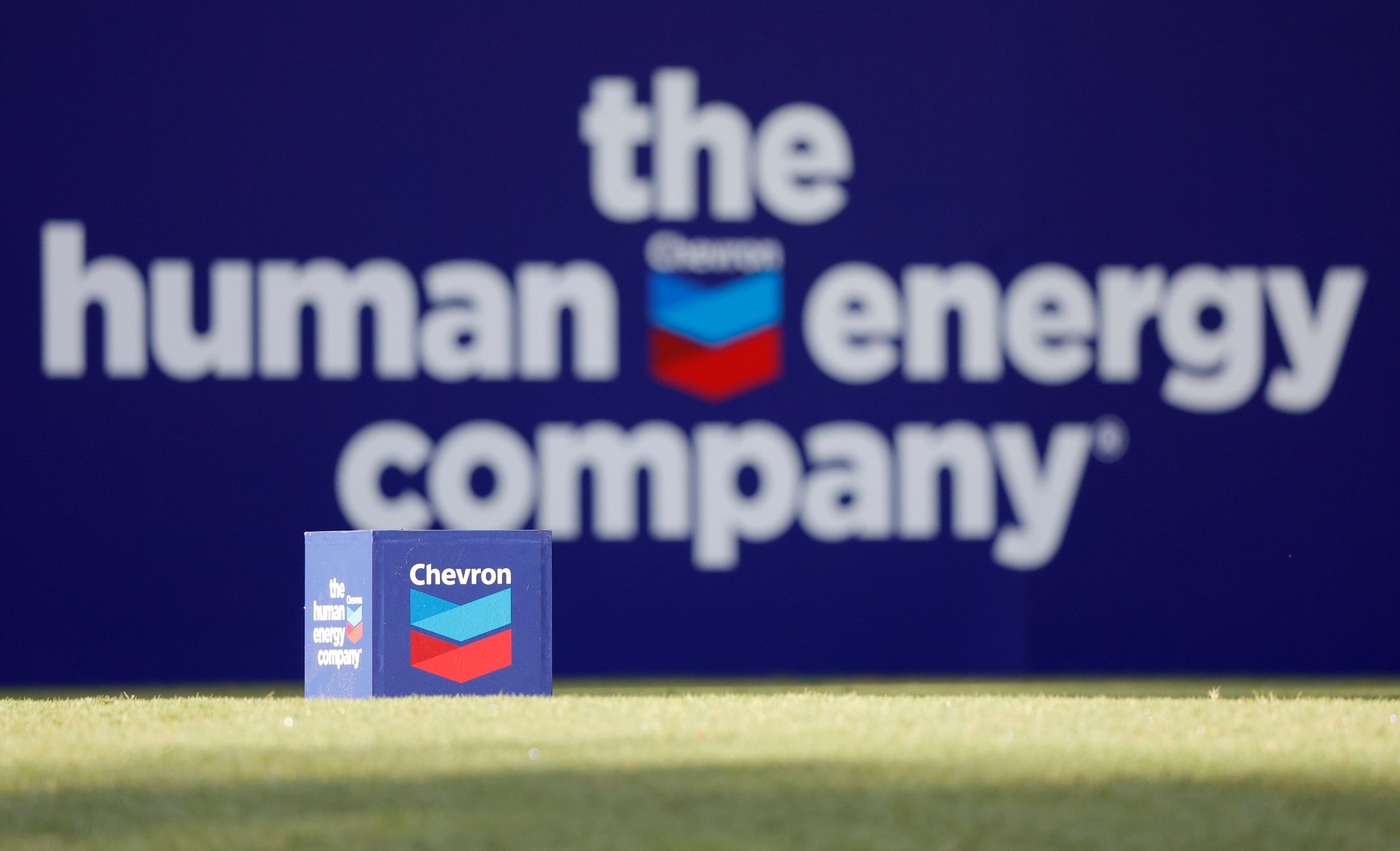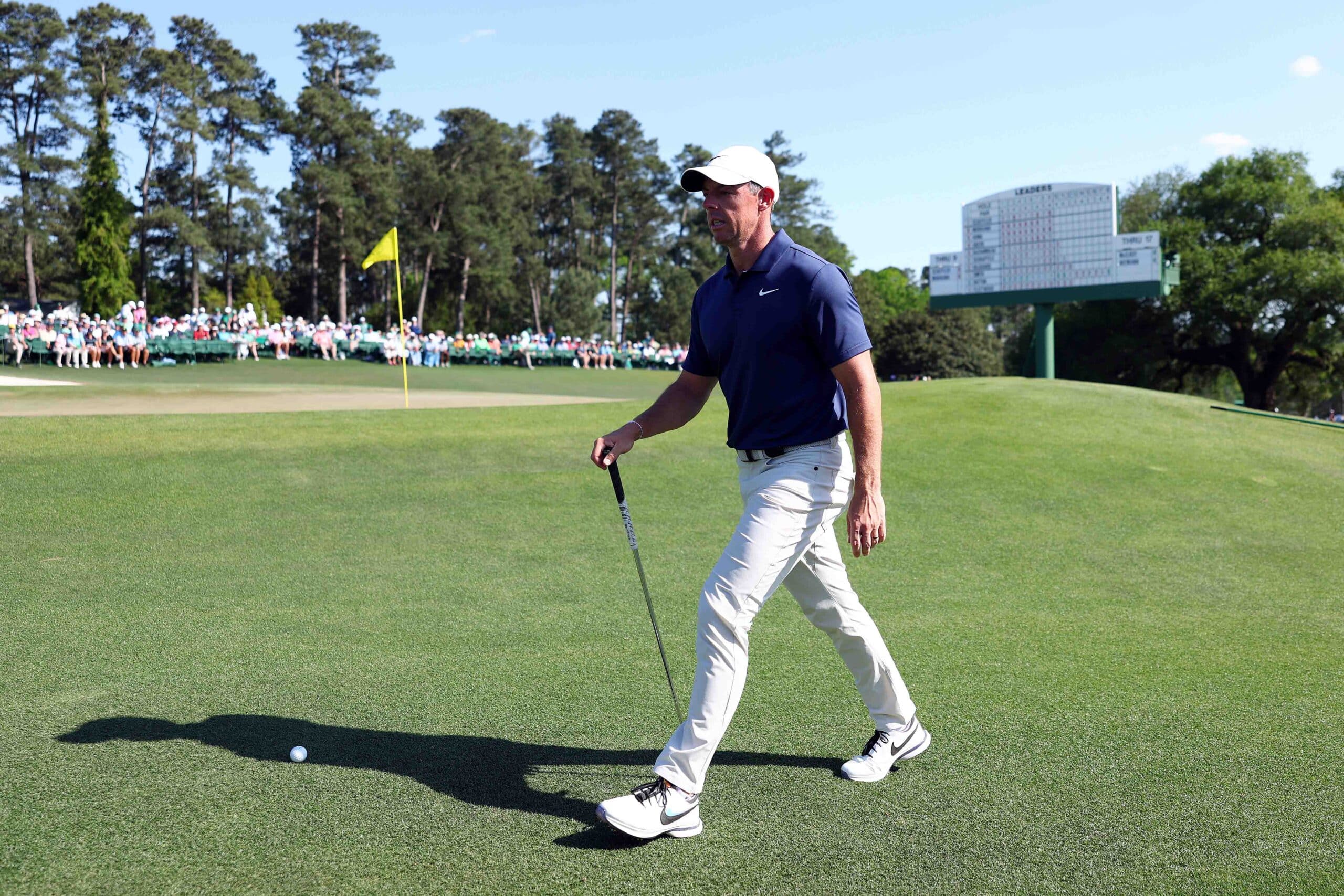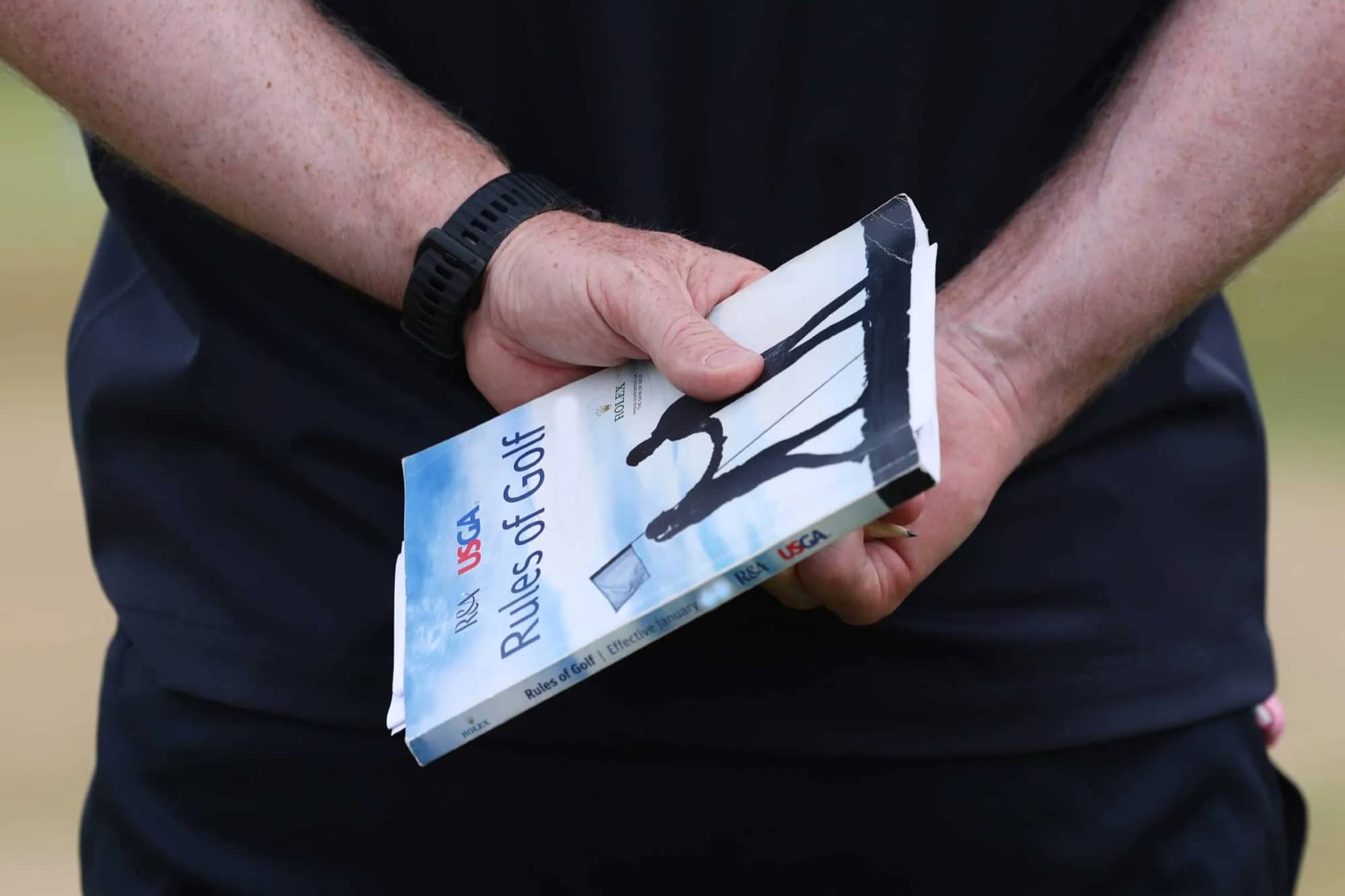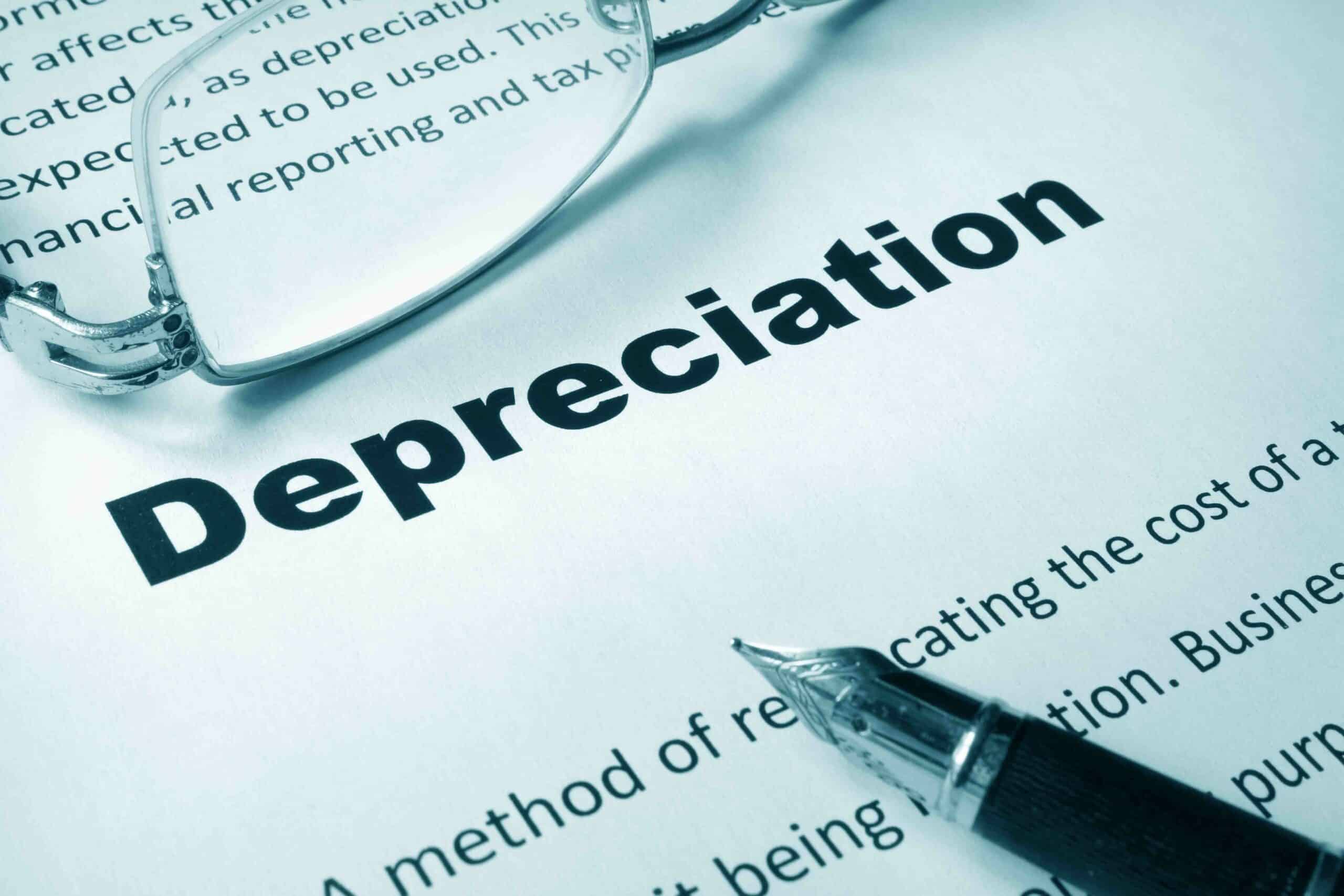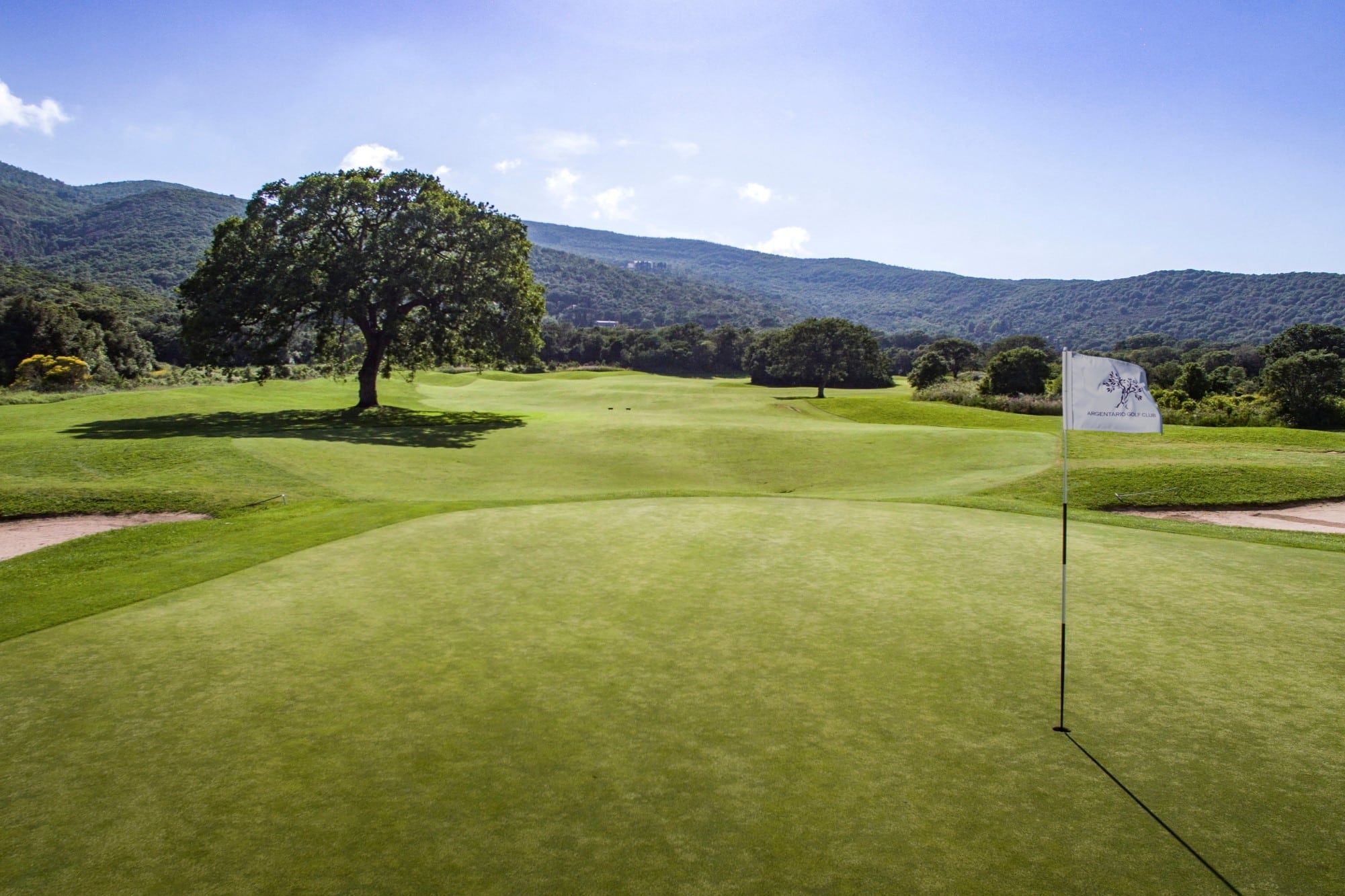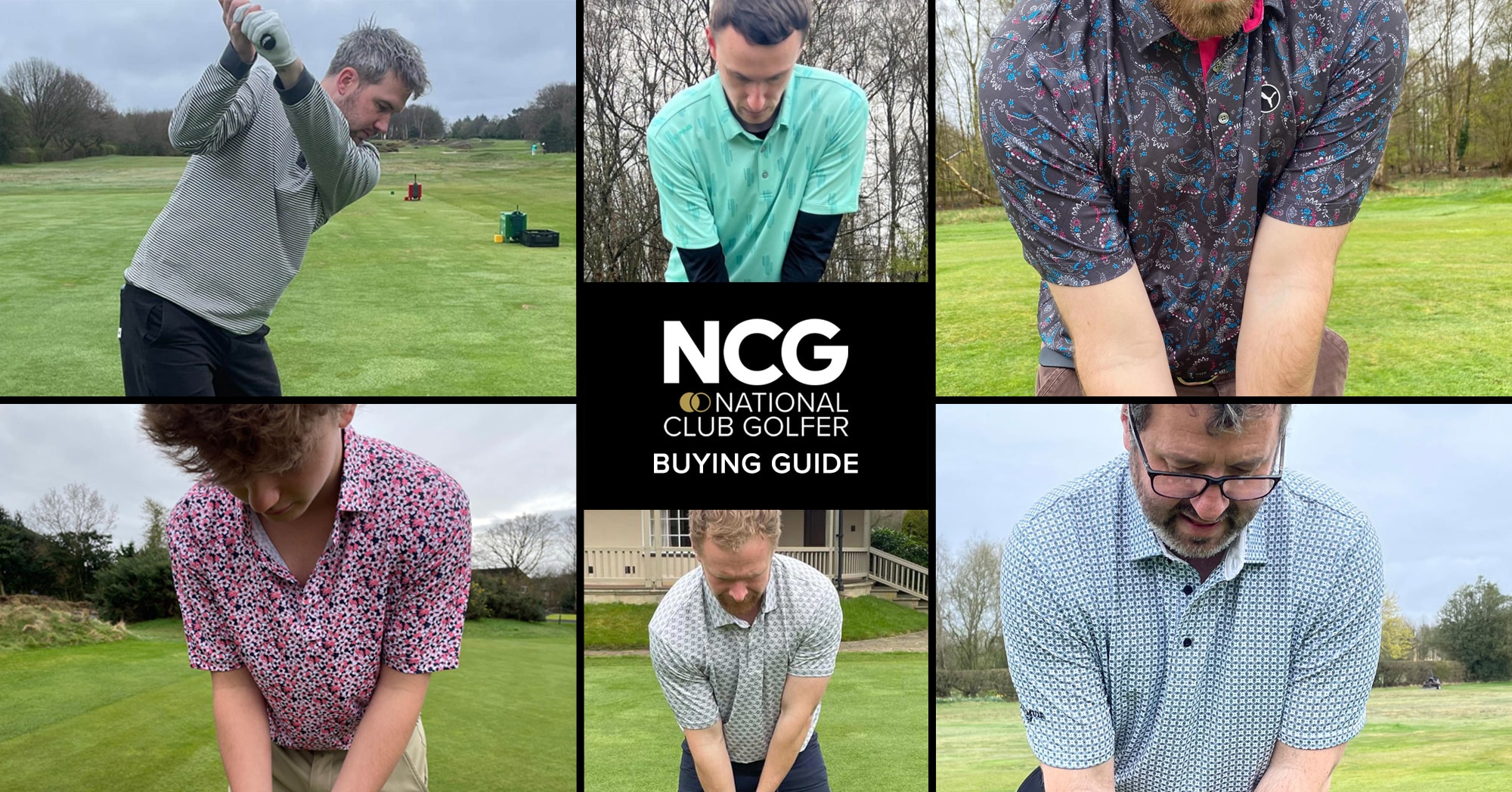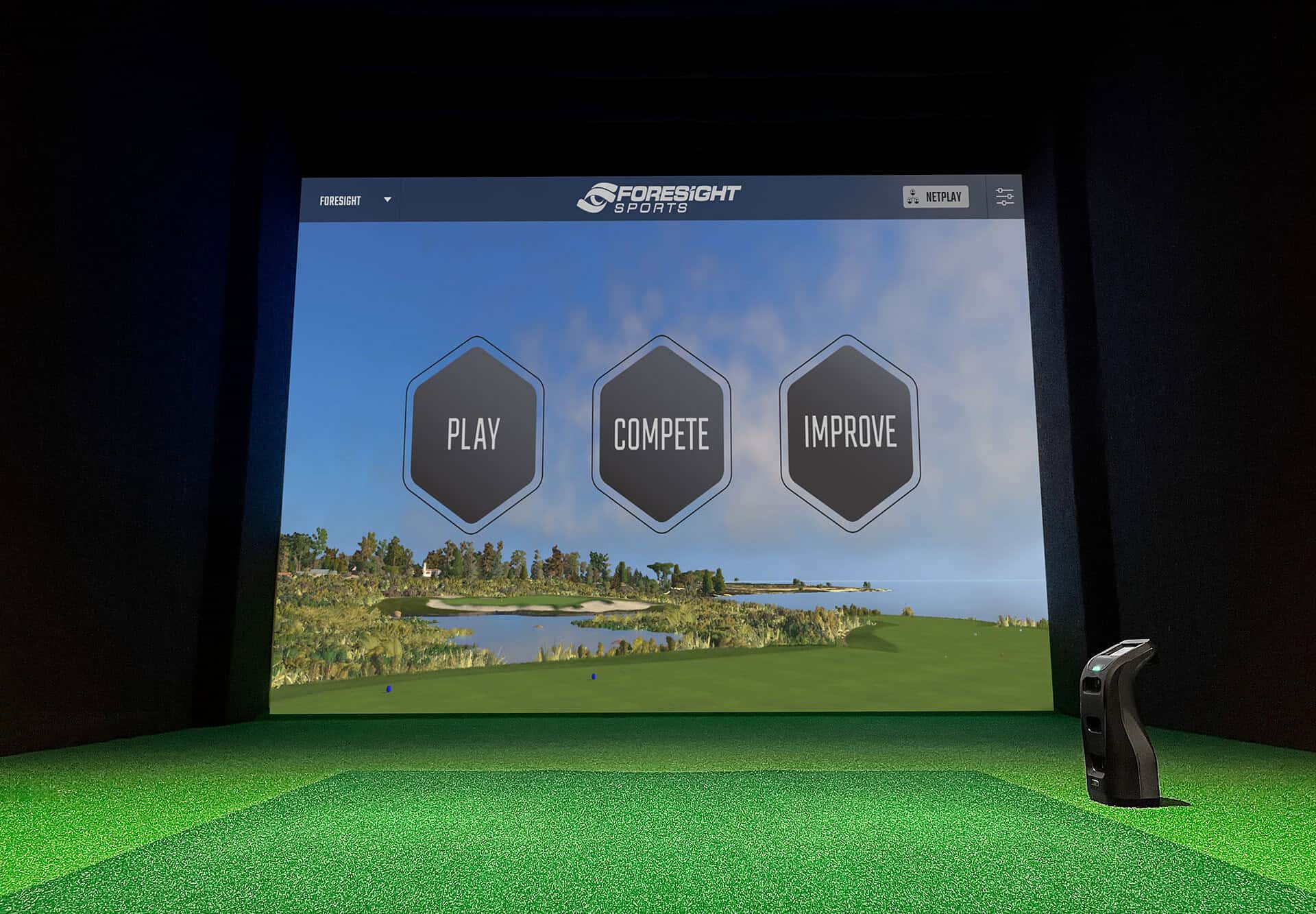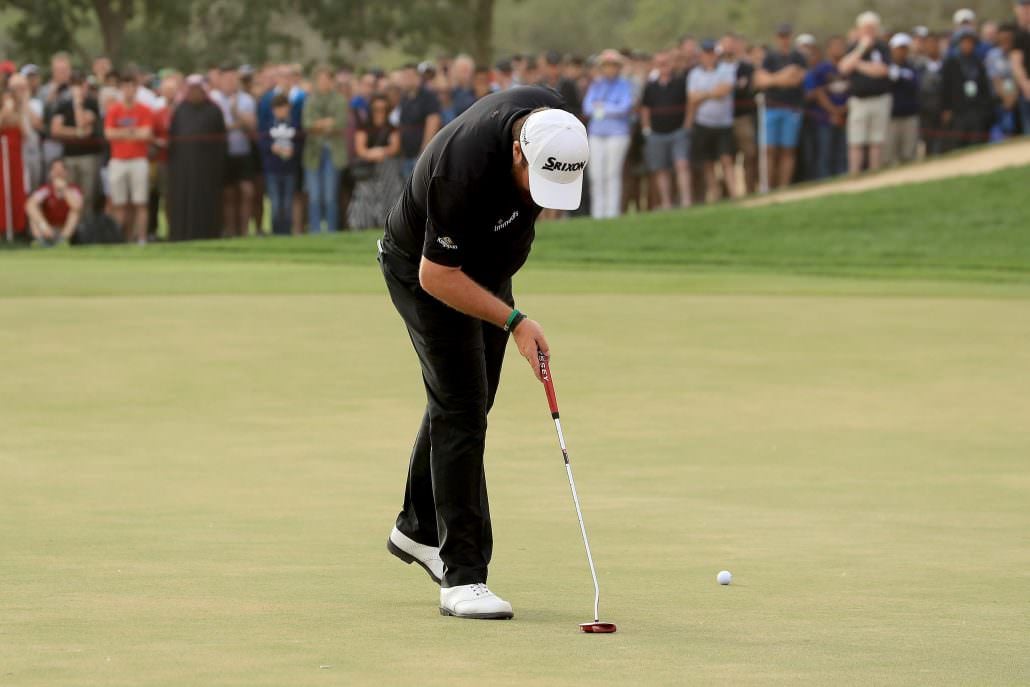
What can you do on the putting surface?
You’d be surprised at how many people get the simplest of things wrong. Our Rules of Golf expert has a quick guide to what you can, and can’t, do when you reach the dance floor
It really should be so simple. Get to your ball, putt, hole it, walk away. But, as we all know from marking, lifting and cleaning, dangers are lurking for those uninformed about the golf rules on the green.
So what can you actually do on the putting surface, and what do you need to watch out for? Let’s take a look…
What are the golf rules on the green?
When is the ball actually on the putting green?
Is it on or is it off? It’s a pretty serious question if you want to mark, lift and clean the ball but aren’t sure whether you can or not.
Rule 13.1a says a ball is on the putting green when any part of it either touches the green, or “lies on or in anything (such as a loose impediment or an obstruction) and is inside the edge of the putting green”.
What if it’s on the putting green but is also in another part of the course, such as, for example, a penalty area?
Rule 2.2c applies here. The ball is treated as lying in that specific area of the course that comes first in an order provided by the Rules. So that’s penalty area, bunker, putting green.
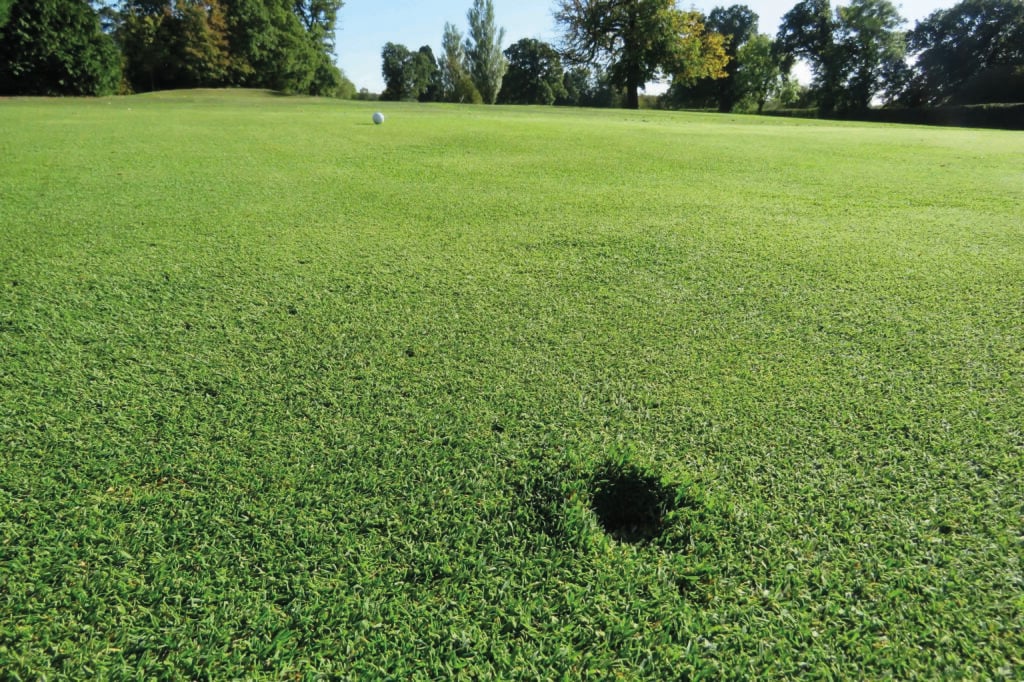
What damage can I repair?
The 2019 revisions to the rules loosened up some of the restrictions that had previously been in place. So you’ll be well aware you can repair ball marks, shoe damage such as spike marks, scrapes, and indentations caused by either flagstick or equipment.
What else does Rule 13.1c (2) allow?
Animal tracks, indentations from hooves, embedded objects such as a stone or a tee, old hole plugs, turf plugs, scrapes from maintenance vehicles – it’s basically any damage caused by a person or outside influence.
But this does have some important exceptions. Natural wear of the hole, weeds, bare or diseased turf, rain, irrigation and other natural forces, or aeration holes and normal practices for maintaining surfaces are among those areas that are not classed as “damage on the putting green”.
And remember that while you can repair damage on the green without penalty, you can only take “reasonable actions” to restore the surface – as nearly as possible – to its original position and you can only use your hand, foot, other part of the body, a ‘normal’ ball-mark repair tool, club, tee, or a similar item of “normal” equipment.
If your actions exceed what’s considered to be reasonable – the rules use the example of creating a pathway to the hole – you’ll pick up the general penalty (two shots in stroke play or loss of hole in match play) for a breach of Rule 8.1a.
Don’t spend all day at it either, or you may fall foul of Rule 5.6a for unreasonably delaying play.

What if I move the ball by accident?
We’ve all done this one – most famously Dustin Johnson at the 2016 US Open. That act of ever-so-slightly brushing the ball during a practice stroke actually resulted in a rules change.
Now Rule 13.1d means there is no penalty if you, or in fact another player in stroke play or opponent in match play, accidentally shifts either a ball or a ball-marker on the green.
Just replace it on its original spot – estimate if you can’t remember. The only exception arises if the ball starts to move during the backswing, or during a stroke and the stroke is then made. In that case, play it as it lies.
Don’t deliberately test a green
It’s a two-shot penalty, and loss of hole in match play, waiting to happen.
What does testing a green entail? It’s when you deliberately rub the surface, or roll the ball, on either a putting green or a wrong green.
A clarification to Rule 13.1e reveals more. Actions that would signal a breach of the rule include roughening the grass to find out which way it’s growing.
But rubbing a ball on the green to clear off mud, or putting your hand on the surface to determine its wetness, are not prohibited under this rule.
As always, there is a caveat. If you are between two holes, you are then allowed to rub or roll the ball on the green of the hole you’ve just finished, or any practice green.
Make sure, though, to have a quick look at the course’s Local Rules first as committees can adopt a measure to ban this.
Now have your say
What do you think of these golf rules on the green? What would you change? Why not let me know by leaving a comment on X?
Steve Carroll

A journalist for 25 years, Steve has been immersed in club golf for almost as long. A former club captain, he has passed the Level 3 Rules of Golf exam with distinction having attended the R&A's prestigious Tournament Administrators and Referees Seminar.
Steve has officiated at a host of high-profile tournaments, including Open Regional Qualifying, PGA Fourball Championship, English Men's Senior Amateur, and the North of England Amateur Championship. In 2023, he made his international debut as part of the team that refereed England vs Switzerland U16 girls.
A part of NCG's Top 100s panel, Steve has a particular love of links golf and is frantically trying to restore his single-figure handicap. He currently floats at around 11.
Steve plays at Close House, in Newcastle, and York GC, where he is a member of the club's matches and competitions committee and referees the annual 36-hole scratch York Rose Bowl.
Having studied history at Newcastle University, he became a journalist having passed his NTCJ exams at Darlington College of Technology.
What's in Steve's bag: TaylorMade Stealth 2 driver, 3-wood, and hybrids; TaylorMade Stealth 2 irons; TaylorMade Hi-Toe, Ping ChipR, Sik Putter.



